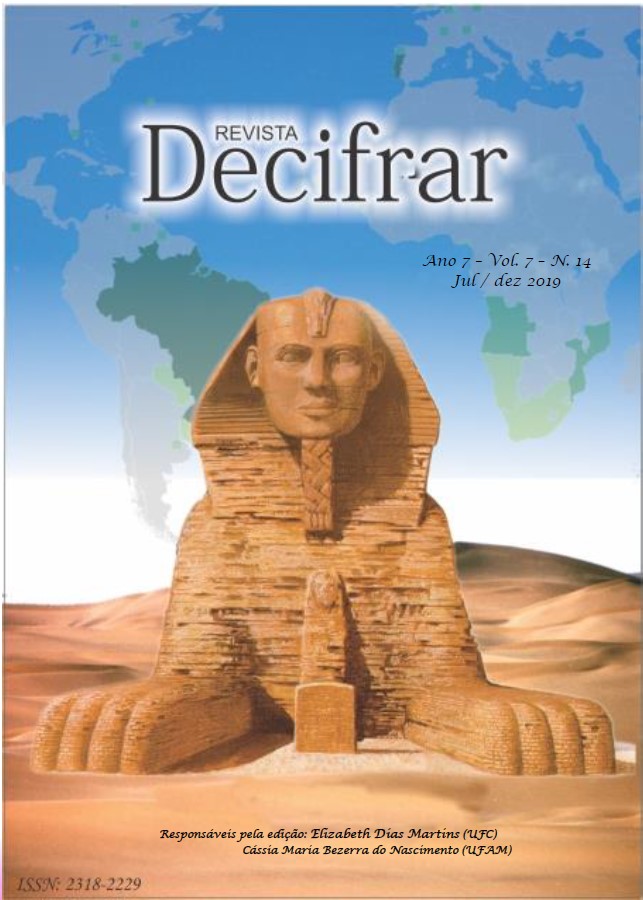Cultural sediments in the 16th Century constructs, from Vicentine Theatre to Inquisitorial visitations to Brazil
DOI:
https://doi.org/10.29281/rd.v7i14.6685Abstract
Through the observation of discursive constructs in the 16th century of different natures, from plays by Gil Vicente (1502-1536) to testimonials of confessions made within the scope of the Inquisitorial Visitation to Bahia in 1591-1592, it is important to emphasise the existence of mental sediments and cultural residues that continued and adjusted themselves to new contexts in terms of both space and time.
Concepts of social status and social practices, marginalisation and stigmas and experiential adjustments were developed in Brazil, some inherited from the Europeans, others conditioned to a mixture of cultural forms in the New World. Dual identities or phenomena of transfusion of residues or even syncretisms are created. In any event, there is both long and short-term residuality, creating a society redesigned by its specificities.
Downloads
Downloads
Published
How to Cite
Issue
Section
License
Todos os artigos desta revista obedecem a licença Creative Commons - Attribution 4.0 International (CC BY 4.0).









